The pirate cemetery of Madagascar is the final resting place for various buccaneers, corsairs and sea marauders who amassed unimaginable wealth by robbing merchants across the oceans during the Golden Age of Piracy in the 17th and 18th century.
So, driven by the “work hard, play hard” motto, the pirates were keen on creating their own holiday resorts tucked comfortably in some of the most reclusive islets on Earth, where they hosted flamboyant parties, shared their loot, planned further actions and rested in the shade of coconut trees.
Among numerous hideouts of such nature, Île Sainte-Marie, or Saint Mary’s Island, was the absolute gem. Located off the coast of Madagascar, the fourth largest island in the world, it was basically non-existent on the maps of the time until 1731, when it was marked as “Pirate Island”, due to its unmistakable reputation.
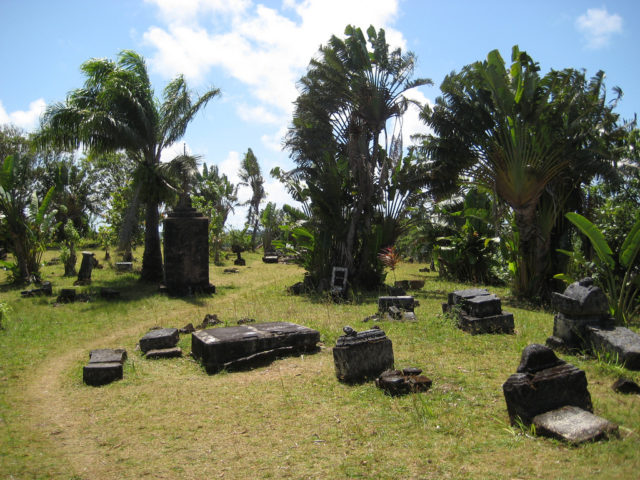
The location was also conveniently close to the British East India Company’s trading route, making it an ideal retreat after a successful ransack. With local women interested in their tales and more than enough food resources, for the pirates who operated in the Indian Ocean, this was the place to be.
The calm waters around the island enabled safe approach, while numerous inlets and bays provided excellent hideouts in which entire ships could slip in and remain undetected.
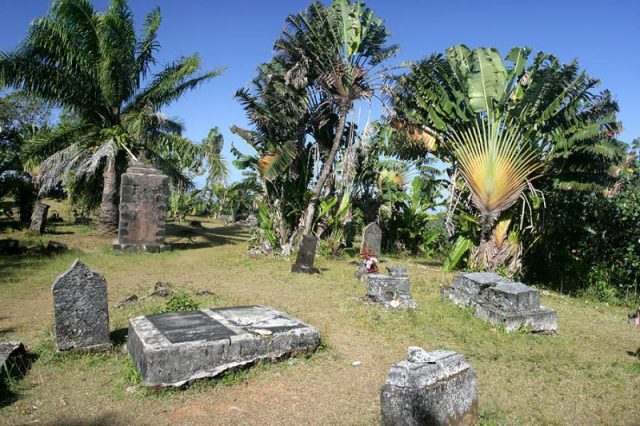
From the Bay of Bengal, all the way to Cape of Good Hope, Île Sainte-Marie gathered infinite amounts of looted wealth, so it comes as no surprise that to this day many lagoons and coves around the island are considered to hold treasures buried by some of the most infamous pirate captains.
Pirates of the likes of Adam Baldrige, who was one of the founders of the Île Sainte-Marie settlement, as well as legendary William Kidd, whose exploits were featured in many stories and myths, including one written by Edgar Alan Poe himself, all held claims of burying their retirement funds somewhere around the island.
Then there was Olivier Levasseur, who in 1720 set up his operation on Île Sainte-Marie, and Henry Every, both of whom made attempts to rob or capture ships belonging to the Great Moghuls of India.
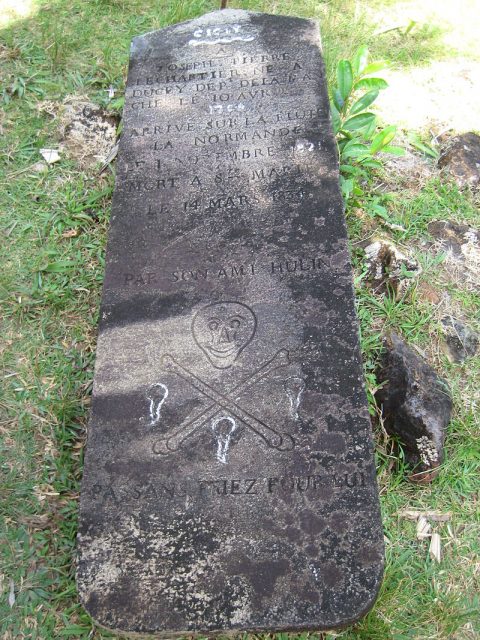
The tales of riches belonging to the Moghuls attracted pirates from all parts of the world, for their heavily packed, albeit well armed, ships traveling to Mecca. These vessels were a golden grail of piracy.
All of the captains who enjoyed respect within the pirate community had their own parcels of land on which huts were built to house the crews. Each crew displayed their distinguishable flag in front of or atop their wooden huts.
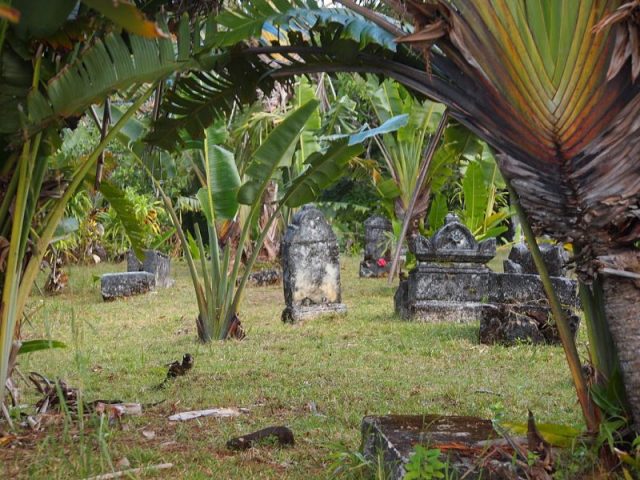
The captains, on the other hand, most often resided separately, on the Île aux Forbans, an even smaller islet located in the bay of Ambodifotatra, which is the island’s largest settlement to date.
The “Pirate Paradise” would serve as an on and off resort for a period of some 100 years, although it was most actively used between 1691 and 1719.
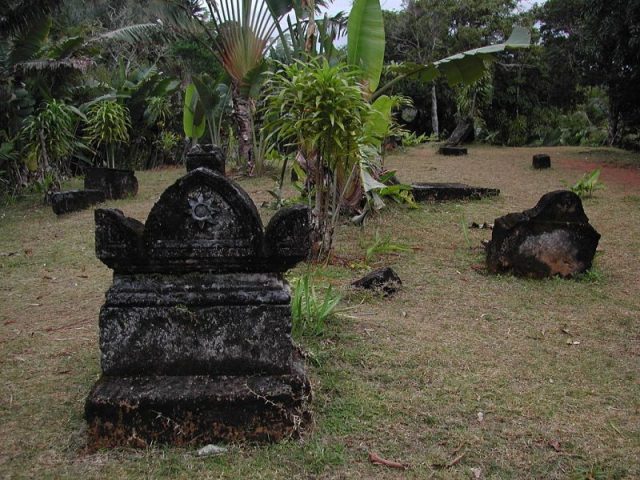
Since the island was so favored by pirates, becoming their home away from home, those who fell during raids or died from other causes were often buried in the cemetery that remains the only testimony of their presence on the island.
The graveyard on Île Sainte-Marie still hosts a number of tombstones marked with skulls and bones, resting peacefully in the shade of palm trees.
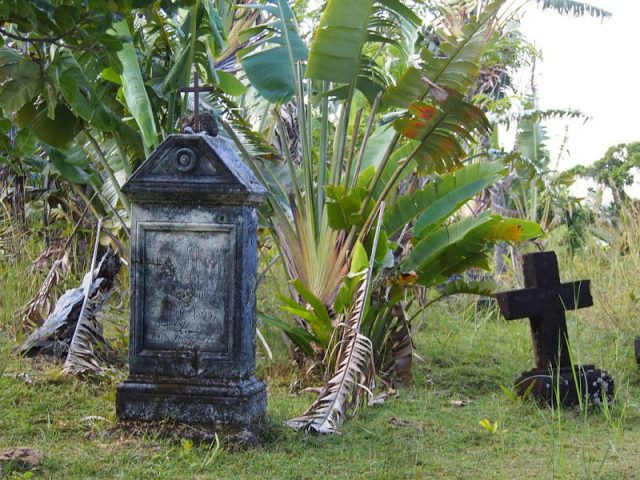
The cemetery is located on a hilltop, overlooking the horizon of never-ending water, symbolically facing towards the direction which the ones buried would set sail and embark on their adventures.
Urban legend suggests that even William Kidd found his eternal resting place inside a large, black tomb on the island. According to the myth, Kidd was buried sitting upright as punishment for his crimes — although he was actually arrested, tried, executed (twice, for the first attempt failed) and buried in England on May 23, 1701.
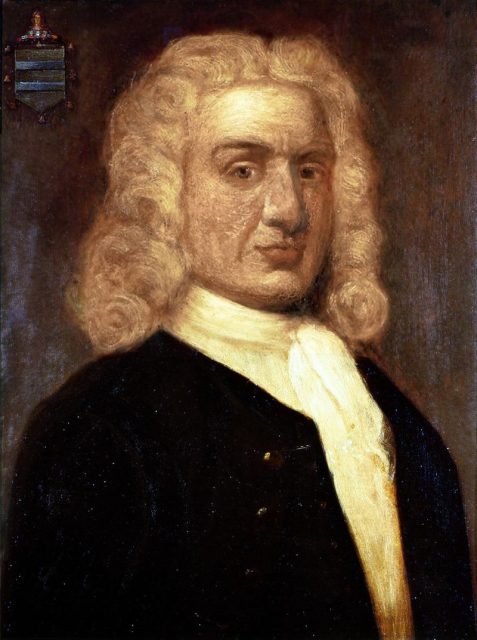
His ship, on the other hand, does lay on the seabed near the island. Since it was re-discovered in 2000, it has become one of Île Sainte-Marie’s favorite tourist attractions.
Read another story from us: How Pirates Met Their Final Justice
Even though pirates haven’t lived there for quite some time now, the pirate cemetery of Madagascar and its surrounding islands remain a popular location for adventure-seekers around the world, both due to its vibrant history, as well as natural beauty.
